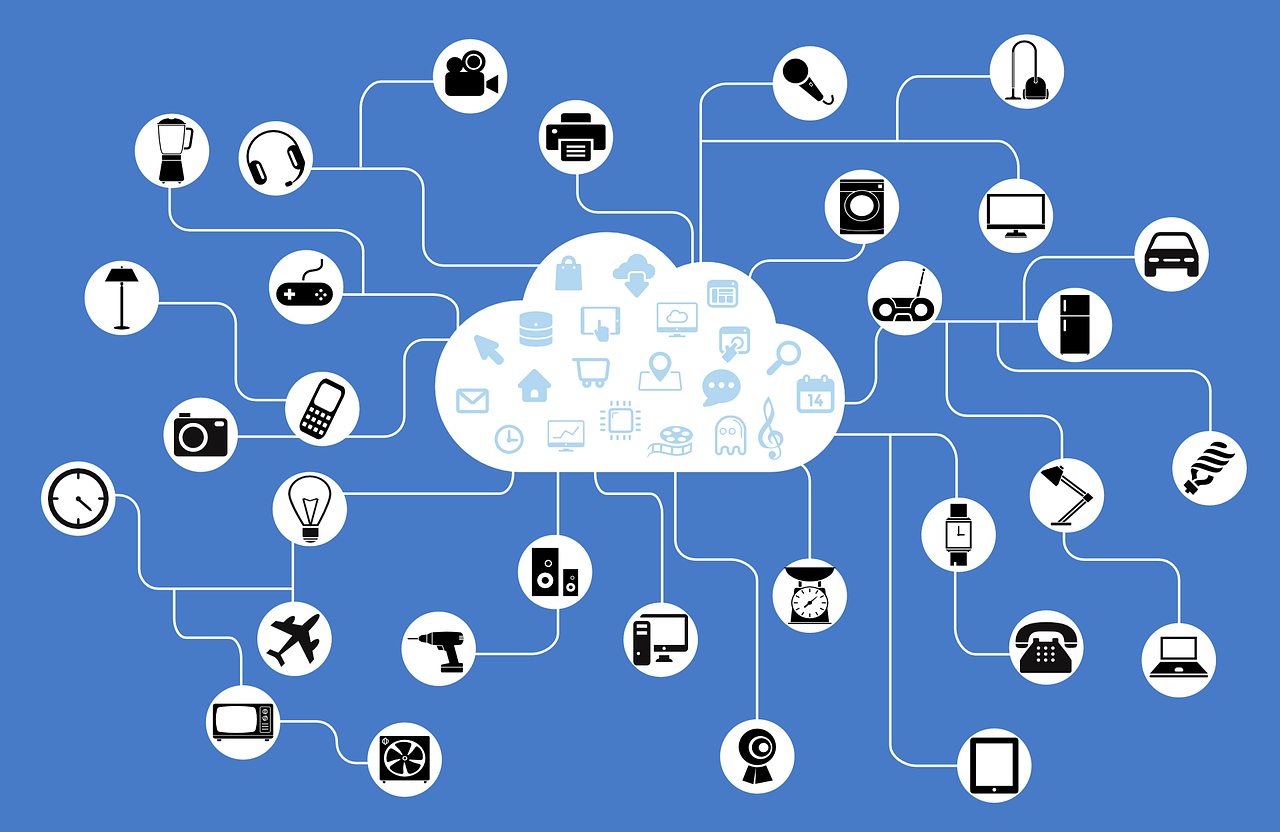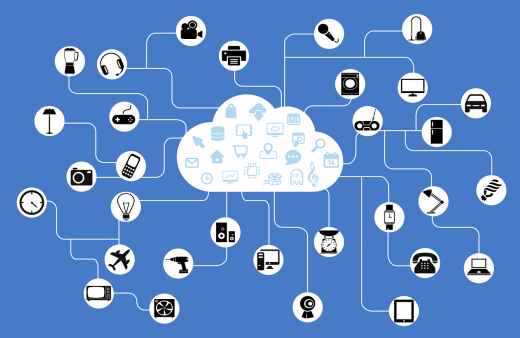Everything You Need to Know About IoT
Everything You Need to Know About IoT
The Internet of Things or IoT is one of the greatest ground-breaking innovations of the past two decades. However, despite growing exponentially over the past few years, many are still incognizant regarding all the fuss about IoT. Worry not, here is everything you need to know about IoT.
What is IoT?
IoT is a technology which allows devices to be interconnected through the internet. The devices range from home appliances to medical devices as well as cars. Interestingly, unlike smartphones and computers which rely on some human interaction, IoT devices collect and share data with other devices independently. This kind of interaction creates a vast network of information shared by differently capable devices to make your life easier. For instance, thanks to IoT, you can remotely arm or disarm your home security system or adjust your home A/C thermostat from your place of work.

How did it start?
According to an infographic by Safeatlast.co on IoT statistics, the term internet of things was coined by British technology pioneer Kevin Ashton in 1999. However, the original concept was birthed in 1982 when Carnegie Mellon University made modifications to its coke vending machine to generate inventory reports on its own. The idea has since grown, with more devices connected to the internet than there are people on earth.
In Ashton’s own words, “If we had computers that knew everything there was about things – using data they gathered without any help from us – we would be able to track and count everything, and greatly reduce waste, loss and cost. We would know when things needed replacing, repairing or recalling and whether they were fresh or past their best.”
Major milestones IoT
IoT has experienced a slow but steady growth due to high initial cost of the internet and gaps in data collection and analysis. However, everything changed after the first international IoT conference was held in 2008. It marked the turning point of the technology with multinational corporations such as LG, Google and Amazon heavily investing in it.
Adoption of IoT Devices
Businesses
The business sector is the most involved industry, responsible for 57% of global IoT spending. Manufacturers are constantly innovating everyday machines and devices to collect data that helps them offer better services. Industry interrelationships also contribute to the adoption of IoT in businesses, which is currently experiencing a growth rate of 36-39% annually.
Take the car industry, for instance, multinational companies such as Google and Tesla manufacture smart cars with self-driving, smart parking, smart-traffic and car-to-car communication capabilities. Insurance companies further push the smart car industry to provide data reports over potential dangers of smart cars in order to streamline their car-insurance policies.
Medicine
The field of medicine is the second fastest growing sector in IoT adoption. Medical devices such as MRI scan machines and life support devices used for intensive care today have the capability to capture and analyze raw data for accurate diagnosis. Medics are also embracing IoT for their research, such as the smart bra which has the ability to detect breast cancer in its early stages. In the future, IoT in medicine seeks to provide better patient engagement and reduced healthcare costs.
Consumer market
The consumer market is the largest user of IoT devices, thanks to the widely accepted smart devices. People today rely on home security systems to protect their homes while programmable thermostats conserve our home energy use through scheduled functionality. In addition, wearables such as the Galaxy Watch by Samsung keeps track of our blood sugar, blood pressure, calorie levels and overall fitness. By the year 2020, the consumer market will be the third largest spender in IoT adoption.
The future of IoT
As the world continues to accept and use IoT devices, we are also likely to realize the development of smart cities whose public utilities are all smartly managed through data collection and sharing. Industrial innovators are bridging the gaps in data collection, data security and privacy concerns through innovation and deployment of the better and capable 5G network. In the future, we shall realize reduced global warming, reduced crime, reduced energy consumption, better healthcare and overall wellbeing.
About the Author
5’3 ray of sunshine and chocolate addict. As the co-founder of SafeAtLast, she uses every opportunity she gets to learn from others and then share the knowledge and generate fun and informative content. She is a Toronto born world traveler, hungry for knowledge and ready to make a difference in the marketing world.
(24)


